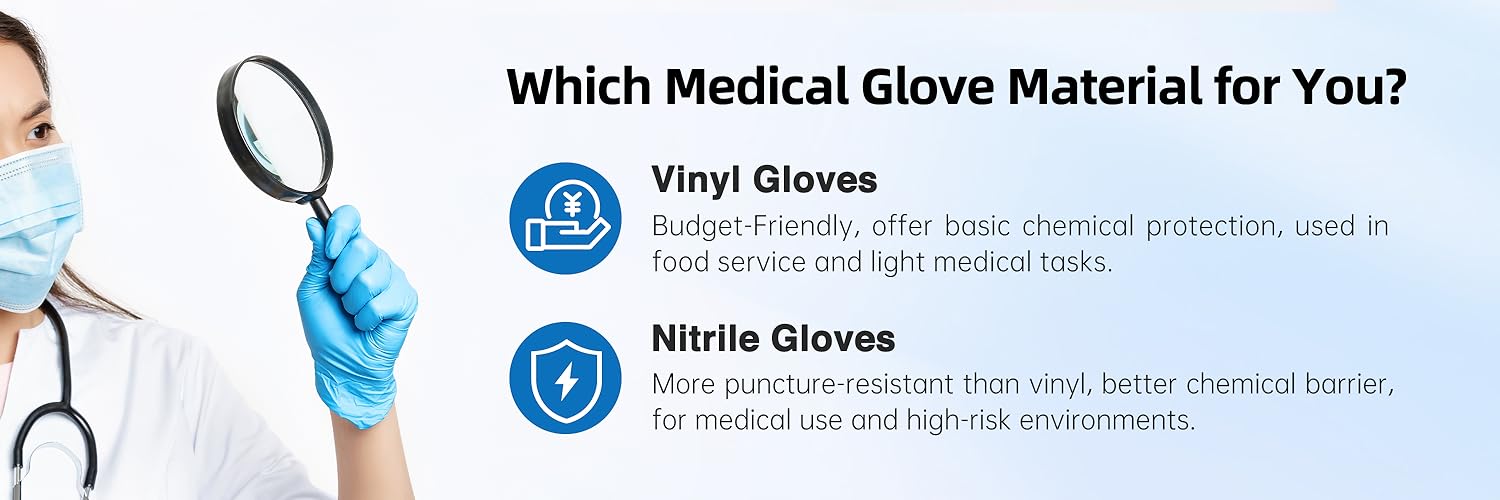Vinyl gloves are a type of disposable gloves that are popular in many industries and household settings. They are made from a synthetic polymer called polyvinyl chloride (PVC) and are a cost-effective alternative to latex and nitrile gloves. In this comprehensive guide, we’ll take a closer look at the history, manufacturing, and everything else you need to know about vinyl gloves.
History of Vinyl Gloves
Vinyl gloves were first introduced in the 1960s as a more affordable alternative to latex gloves. They were initially used in the food industry and were later adopted by the medical industry as well. Vinyl gloves gained popularity due to their low cost and the fact that they were latex-free, making them suitable for individuals with latex allergies.
Manufacturing of Vinyl Gloves
Vinyl gloves are made from PVC, which is a synthetic polymer that is derived from petroleum. The manufacturing process of vinyl gloves involves the following steps:
- PVC resin is melted and mixed with plasticizers, stabilizers, and other additives to form a dough-like mixture.
- The mixture is then poured into molds in the shape of gloves.
- The gloves are then cooled and cured in a process called thermal setting.
- The gloves are then removed from the molds and undergo a series of quality checks to ensure that they meet industry standards.
Advantages of Vinyl Gloves
- Affordable: One of the main advantages of vinyl gloves is their low cost. They are more affordable than both latex and nitrile gloves, making them a popular choice for individuals and organizations on a tight budget.
- Latex-Free: Vinyl gloves are latex-free, making them a suitable alternative for individuals with latex allergies.
- Comfortable: Vinyl gloves are lightweight and flexible, making them comfortable to wear for long periods of time.
- Available in a Range of Sizes: Vinyl gloves are available in a range of sizes, making it easy to find a pair that fits you properly.
- Easy to Put On and Take Off: Vinyl gloves are lightly powdered, making them easy to put on and take off.
Disadvantages of Vinyl Gloves
- Less Durable Than Nitrile and Latex Gloves: One of the main disadvantages of vinyl gloves is that they are less durable than nitrile and latex gloves. They are more prone to tears and punctures, making them less suitable for tasks that require high levels of protection.
- Poor Chemical Resistance: Vinyl gloves have poor chemical resistance and provide minimal protection against chemicals and solvents.
- Not as Sensitive as Latex Gloves: Vinyl gloves are less sensitive than latex gloves, making them less suitable for tasks that require high levels of tactile sensitivity.
In conclusion, vinyl gloves are a cost-effective alternative to latex and nitrile gloves. They are suitable for individuals and organizations on a tight budget, and for individuals with latex allergies. However, they are less durable than nitrile and latex gloves and have poor chemical resistance. When choosing gloves, it’s important to consider your specific needs and choose a pair that offers the right level of protection and comfort.



